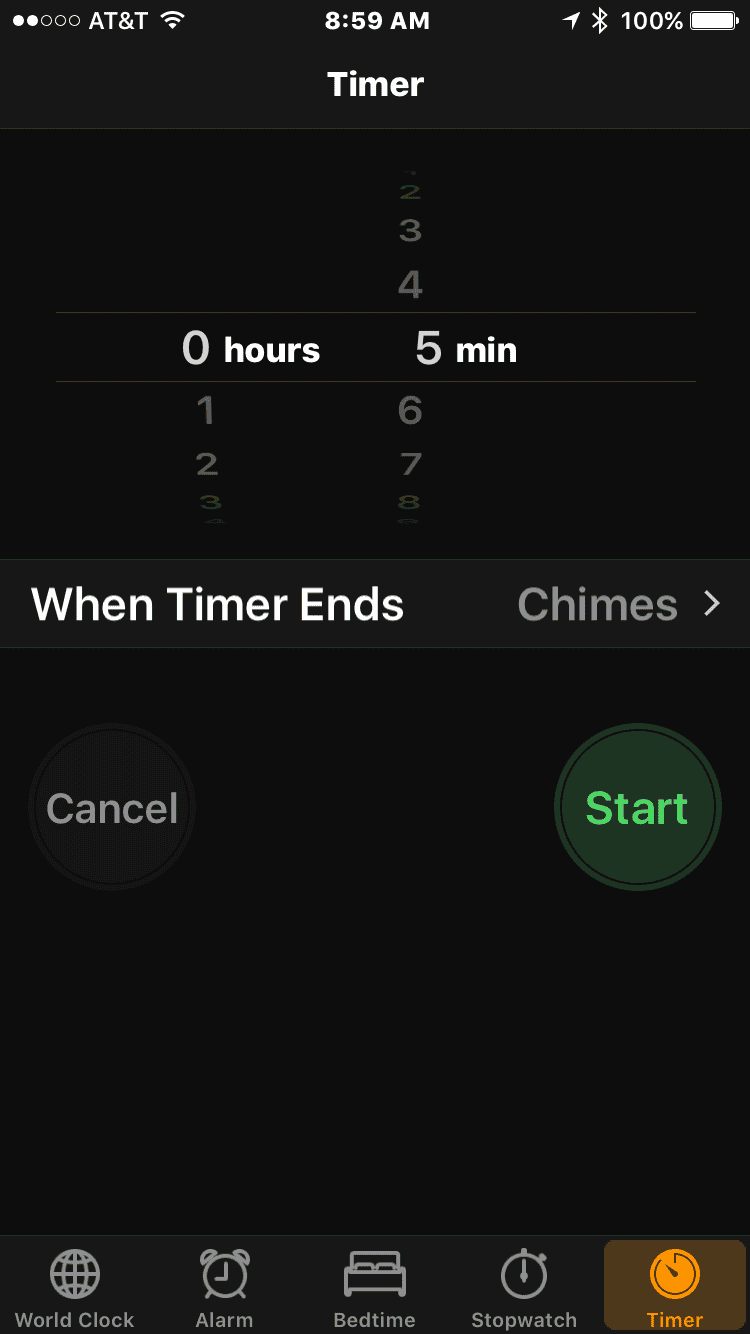My students sometimes get worried that they’re not practicing enough. “I will confess right now – it was a crazy week.” “I don’t know how to fit this into my schedule.” “I was really bad.”
Working on your accent reduction exercises is like me going to the gym.

The amount of cognitive dissonance flying around in my brain when it’s time to head over there is pretty scary. My inner conversation is going something like: OK time to go. You didn’t go yesterday. OK I’m going. I don’t like going, but I’M GOING. Right after I move this plate from the bedroom into the kitchen. OK. Oh there’s the last of the coffee. If I drink a half cup, I will do even better at the gym. It helped last time and for that reason I must do it. OK, deal. PHONE RINGS. Uh-oh, have to answer this…it’s Friday afternoon and absolutely don’t want to miss any business calls before the weekend. And now, I will finish up two seemingly-moderately-urgent emails. What time is it now? Crap. It will take me 5-10 minutes to get dressed, 5 minutes to walk there, 5 minutes to walk back, which leaves me with only 15 minutes to work out. Forget it.
In Neil Pasricha’s book “The Happiness Equation“, he talks about gym inertia.
He shows how he overcame it by having the clothes NEXT TO his bed instead of in the next room. And how some people actually sleep in their gym clothes. To skip the gym in the morning would require making the effort of taking them off.
It’s about putting DO before CAN DO and WANT TO DO.
You can read all about that in Pasricha’s book – a highly recommended read, by the way. His principle is a good one and you can apply it to overcoming resistance, fear, and doubt in all areas where you’re holding back in life. Including practicing your American accent.
Now I’m going to give you 3 tricks to get accent practice in today.
Getting into a regular routine is half the battle.
The good news about accent work is that (unlike gym clothes which we have to PUT ON) our mouths are talking all day long anyway. And sometimes all our brains need is a trick, and suddenly good, productive work is accomplished.
Devoting time for accent practice every day will keep your speech in shape.
1. The “I don’t know” trick. How many times a day do we say “I don’t know”? 10? 20? If you have kids, maybe 30? For each time you are about to say those words, first do this:
- Relax the muscles of your jaw, lips, and cheeks.
- Open up space inside your mouth, especially near the throat.
- Say the words keeping the muscles of your lips and face absolutely relaxed – kind of like you’re a little drunk.
If you are practicing with AccentsOff materials, you already know this oral posture exercise: it’s the ah-ee-ah-ee-ah-ee one.
Make this practice of checking yourself before “I don’t know” a habit, and you will have worked on the #1 most important element of the American accent – many, many times throughout every day. Check, done.
2. The “red light” trick. When you’re walking on the street, or driving, and you get to a red light, do NOT look at your phone. Do not start worrying about something. Instead, choose one of your target pronunciation words – if you have a Survival Words list, you can use one of those words. For example, for students working on the TH, “three” is a very important word. So look around and you will see things in 3’s all over the place. Quietly comment aloud, checking your sound of your TH: Oh, look, three red cars. Hey, three very cute doggies right there! Ah, three overflowing garbage bins.
Light turns green, you’ve completed your TH practice. Check, done.
(And if you do this wearing earbuds, people will just think you’re talking on the phone.)
 3. The “passive practice” trick. Here’s one if you just can’t deal with talking and need a break. This will help with appreciating and developing better American intonation and rhythm. Find a native-born American whose speech sounds interesting and animated. You can find them everywhere: they are radio show hosts, TV personalities, movie stars, podcasters, maybe even the occasional subway announcer.
3. The “passive practice” trick. Here’s one if you just can’t deal with talking and need a break. This will help with appreciating and developing better American intonation and rhythm. Find a native-born American whose speech sounds interesting and animated. You can find them everywhere: they are radio show hosts, TV personalities, movie stars, podcasters, maybe even the occasional subway announcer.
You don’t have to move your mouth or vocalize here; you don’t have to remember anything. Just LISTEN and OBSERVE. Where does his or her voice go up and down? Which words are being emphasized? Is his pace on the slow or fast side – are there moments of fast AND slow? Where, and why? How compelling is her message? Set your phone timer to 5 minutes. Finished? Check, done.
Next time you open your mouth, think of that speaker and try out the more animated speaking pattern you picked up.
When you follow these 3 tricks to get accent practice in today, your accent will get improve faster.
Because you’ll be happy with your improvement, you’ll put in even more time, effort, and commitment. Eventually, 30, or 60 pain-free minutes a day.
Gotta go – the gym is closing in 25 minutes!
